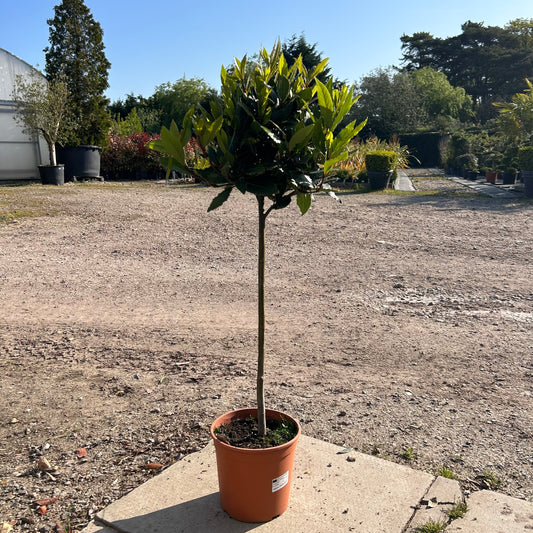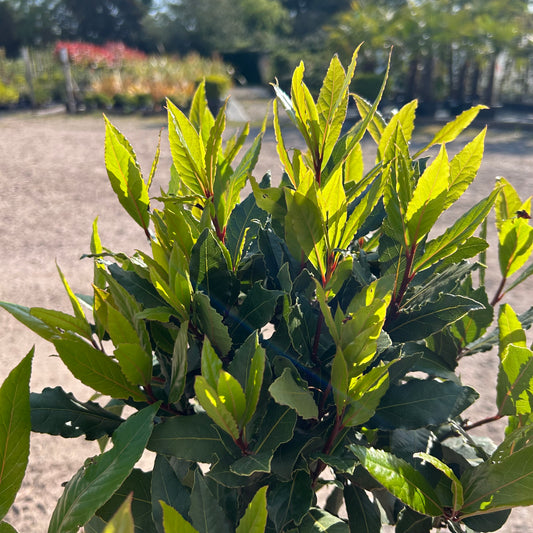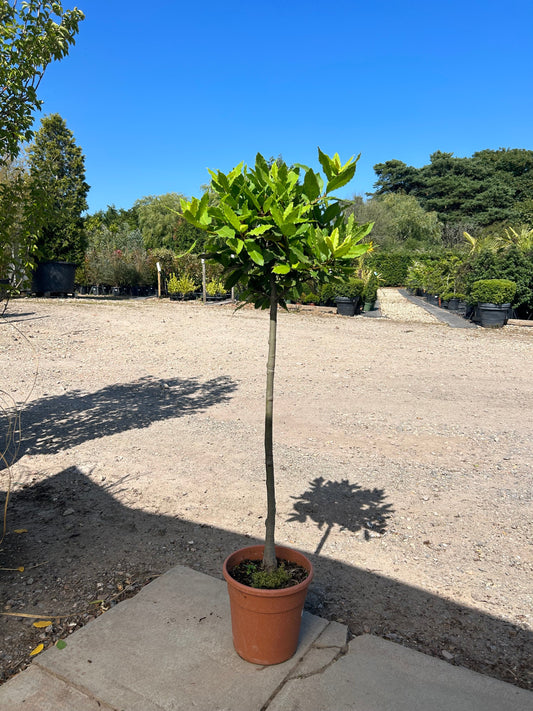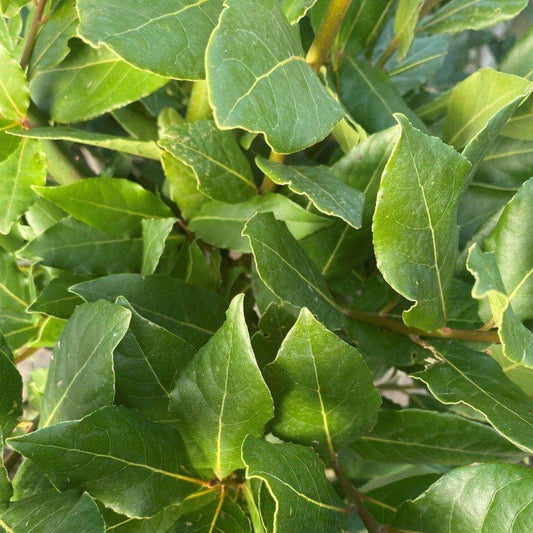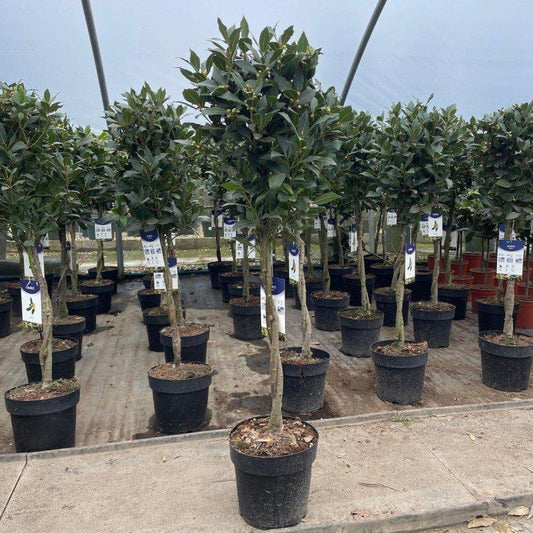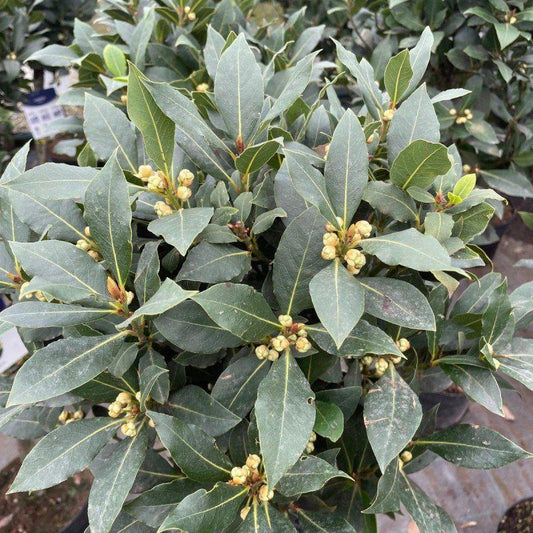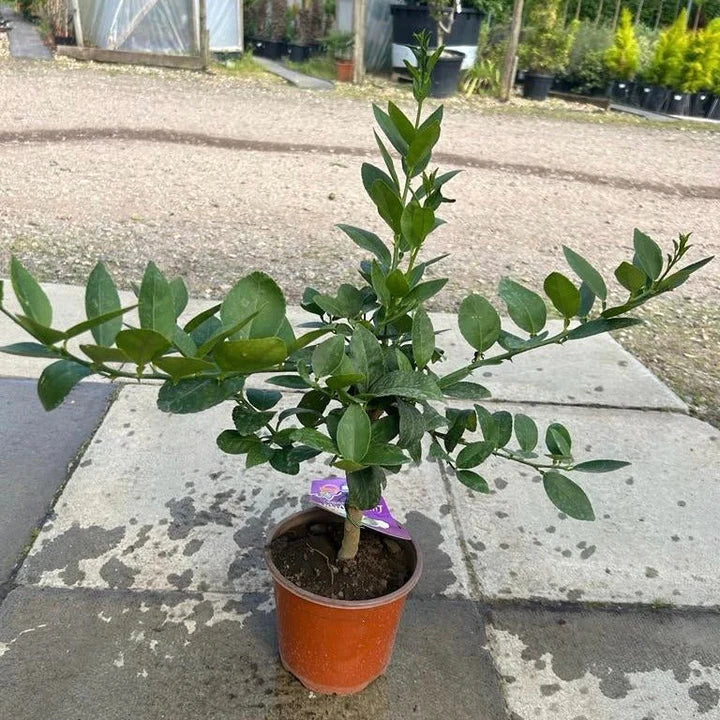How to Care for Citrus aurantiifolia (Key Lime) in the UK: A Comprehensive Guide for 2024
Citrus aurantiifolia, commonly known as the Key Lime, is a popular choice for gardeners in the UK.
Caring for this citrus tree involves providing the right amount of light, water, and nutrients to ensure healthy growth and fruit production.
Known for its aromatic and tangy fruit, the Key Lime can thrive in a conservatory or greenhouse setting, making it an exciting addition to any indoor garden.
Growing Key Limes requires attention to detail and a few specific conditions. These plants prefer a warm environment with plenty of sunlight and humidity. With dedicated care, they can yield delicious limes perfect for culinary uses.
Knowing how to maintain these trees throughout the year will set them up for success in the UK climate.
Whether one is a novice or an experienced gardener, understanding the needs of the Key Lime tree is essential. This guide will provide valuable insights and practical tips for nurturing this delightful plant and enjoying its fruit for years to come.
Key Takeaways
- Key Limes thrive in bright light and humid conditions.
- Regular feeding and proper watering are vital for growth.
- Understanding harvesting techniques maximises fruit yield.
Understanding the Key Lime Tree
The Key Lime tree, scientifically known as Citrus aurantiifolia, is a versatile and attractive plant suitable for various climates, including the UK. This tree offers unique features and rich history, making it a popular choice for both gardeners and culinary enthusiasts.
Characteristics of Citrus aurantiifolia
Citrus aurantiifolia is an evergreen shrub or small tree that grows to about 1.5 to 4 metres in height. It is characterised by its spiny branches and glossy green leaves.
The tree produces small, round fruit, usually 2-3 inches in diameter, which is green when immature and turns pale yellow as it ripens.
The fruit has a strong, aromatic scent and is known for its tart, zesty flavour. These limes are rich in juice and highly valued for their culinary uses, notably in desserts like Key Lime pie. The tree also thrives in full sun and well-drained soil, which is essential for fruit production.
Varied Names and its History
The Key Lime tree goes by several names, including the Mexican lime, West Indian lime, Bartender's lime, and Omani lime. Each name reflects its geographical origins and uses.
The Mexican lime is popular in Latin American cuisine, while the West Indian lime highlights its history in the Caribbean.
Historically, Key Limes were introduced to Florida from the Caribbean in the early 19th century and quickly became a staple in local dishes. They are now cultivated in various regions, prized not only for their flavour but also as ornamental evergreen trees. Their resilience makes them a great addition to gardens, enhancing both aesthetics and culinary options.
Cultivation and Planting
Successful cultivation of Citrus aurantiifolia, or Key Lime, begins with selecting the right location and ensuring proper soil conditions. This citrus plant thrives in a well-drained environment and needs specific care during the planting process.
Selecting a Suitable Location
Key Lime thrives best in full sun. When choosing a position, it's important to find an area that receives at least six to eight hours of direct sunlight daily. This exposure aids in the plant's growth and fruit production.
Containers should be placed in a warm spot, sheltered from cold winds. Protection from harsh weather is crucial, as temperatures below 10°C can damage the plant. If planting outdoors, consider covering it with horticultural fleece on colder nights to shield it from frost.
Optimal Soil Composition
The right soil composition is vital for healthy growth.
Well-drained soil is essential to prevent root rot. A mix of loam-based potting compost, perlite, and coco coir works well. This blend provides good drainage while retaining enough moisture for the roots.
Aim for a soil moisture level that remains even, avoiding overly dry or soggy conditions. Testing the soil before planting can help determine its drainage capacity. If the drainage is insufficient, consider adding grit or sand to improve it.
Planting Guidelines
When planting Key Lime, early spring is the best time.
Start by preparing a hole that is twice the size of the root ball. The plant should fit comfortably, allowing space for future root growth.
Place the plant in the centre of the hole, ensuring that the top of the root ball is level with the surrounding soil. Fill in with the soil mix, gently patting down to eliminate air pockets.
Water the plant thoroughly after planting to settle the soil around the roots.
Regular monitoring of moisture levels is important in the first few weeks. Establishing the plant in the right environment increases the chances of a successful harvest.
Ongoing Care and Maintenance
Caring for Citrus aurantiifolia, or Key Lime, involves specific techniques for watering, feeding, and maintaining health throughout different seasons. Attention to pests and pruning ensures the tree remains vigorous and productive.
Proper Watering Technique
Key Limes require consistent watering to thrive. The soil should be kept moist but not soggy. Allow the top inch of soil to dry out between waterings.
In summer, when temperatures rise, daily watering may be necessary.
Using a moisture meter can help determine when to water. Watering early in the morning is ideal, as it allows moisture to soak in before the heat of the day. Misting the leaves can also improve humidity, especially indoors during winter.
Feeding and Fertilization
Regular feeding is essential for healthy growth.
From March to July, a high-nitrogen liquid fertiliser helps promote lush foliage and strong growth. After this period, switch to a balanced fertiliser with trace elements.
Applying organic compost around the root ball adds nutrients over time.
It's best to avoid over-fertilisation, as this can damage roots. Look for signs of nutrient deficiency, such as yellowing leaves, and adjust feeding accordingly.
Seasonal Care Requirements
During winter, the temperature and light levels change, requiring adjustments.
Key Limes prefer a warm environment, ideally above 15°C. If grown indoors, place the plant near a south-facing window for maximum sunlight.
When temperatures drop, reduce watering to prevent root rot. Consider using a grow light if natural light is insufficient.
In summer, ensure the tree receives at least 6-8 hours of direct sunlight each day.
Pruning and Shaping the Tree
Pruning should be performed to promote healthy growth and shape the tree.
Regularly remove dead or damaged branches to allow airflow. Prune in early spring before new growth starts.
Cut back excessive growth to maintain a balanced shape, and focus on removing any inward-growing branches. Use clean, sharp tools to make precise cuts, helping to prevent disease.
Pest and Disease Management
Key Limes can attract pests like mealybugs, aphids, and the glasshouse red spider mite.
Regularly inspect leaves, especially the undersides. If pests are present, remove them by wiping leaves or using insecticidal soap.
Monitor for signs of diseases, such as leaf spots or wilting.
Ensure adequate airflow around the plant and avoid overwatering, as humid conditions can lead to fungal issues. Mulching can also help deter pests while maintaining soil moisture.
Harvesting and Utilization
To enjoy the full flavour of Citrus aurantiifolia, careful harvesting and creative use in cooking are essential. Key limes are typically harvested at their peak ripeness to ensure the best taste and aroma. Proper storage techniques can prolong their freshness, while various culinary applications can enhance many dishes.
Picking and Storing Limes
Key limes should be picked when they reach a pale yellow colour, indicating ripeness. They should feel firm to the touch but slightly yield when gently pressed. Harvesting is best done during late summer to early autumn.
Once harvested, storing the limes properly is crucial.
They can be kept at room temperature for about a week. For longer storage, they should be placed in the refrigerator, where they can last up to a month. It's important to keep them in a perforated plastic bag to allow airflow and reduce moisture.
Using Key Limes in Cooking
Key limes are a prominent flavouring ingredient in many dishes.
They are famed for their role in key lime pie, a dessert that celebrates their tart flavour. The juice and zest of key limes can add brightness to marinades, dressings, and sauces.
These limes can also be used in beverages, providing a refreshing zing to cocktails and non-alcoholic drinks. Additionally, they pair well with seafood, enhancing grilled fish or shrimp dishes. Their unique flavour is a versatile addition to both sweet and savoury recipes.
Frequently Asked Questions
Caring for Citrus aurantiifolia, or Key Lime, requires specific attention to its needs, especially in the UK climate. The following answers address common concerns about overwintering, watering, outdoor survival, temperature preferences, pruning, and potential issues.
What are the best practices for overwintering a citrus tree in the UK?
To overwinter a citrus tree, it should be moved indoors before the first frost.
Ideally, it should be placed in a cool, bright room with temperatures between 10-13°C (50-55°F). Protect the tree from drafts and ensure it receives some light during the darker months.
How often should I water my citrus tree in a pot?
A potted citrus tree generally requires watering every 7 to 14 days, depending on the season.
It is important to check the soil; it should be slightly dry before watering again. Overwatering can lead to root rot, so moderation is key.
Can citrus trees survive outdoors year-round in the UK climate?
Citrus trees should not be left outdoors year-round in the UK due to the cold winters.
The temperatures can drop below the minimum required for these trees, potentially causing damage. It's best to bring them indoors during colder months.
What is the ideal temperature range for cultivating Citrus aurantiifolia in the UK?
The ideal temperature range for cultivating Key Lime is between 10-30°C (50-86°F).
Temperatures below 10°C (50°F) can be harmful, while consistent warmth helps the tree thrive, especially during the growing season.
When is the appropriate time to prune a potted citrus tree in the UK?
Pruning should be carried out in late winter or early spring when the tree is still dormant. This helps to shape the tree and remove any dead or unhealthy branches. Pruning encourages new growth for the upcoming growing season.
What are common issues affecting citrus trees grown in pots and how can they be addressed?
Common issues include pests like aphids and scale, and problems such as yellow leaves from nutrient deficiency.
Regular checks for pests should be made, and a balanced fertiliser can help restore vital nutrients.
Ensuring proper drainage also prevents root problems.


